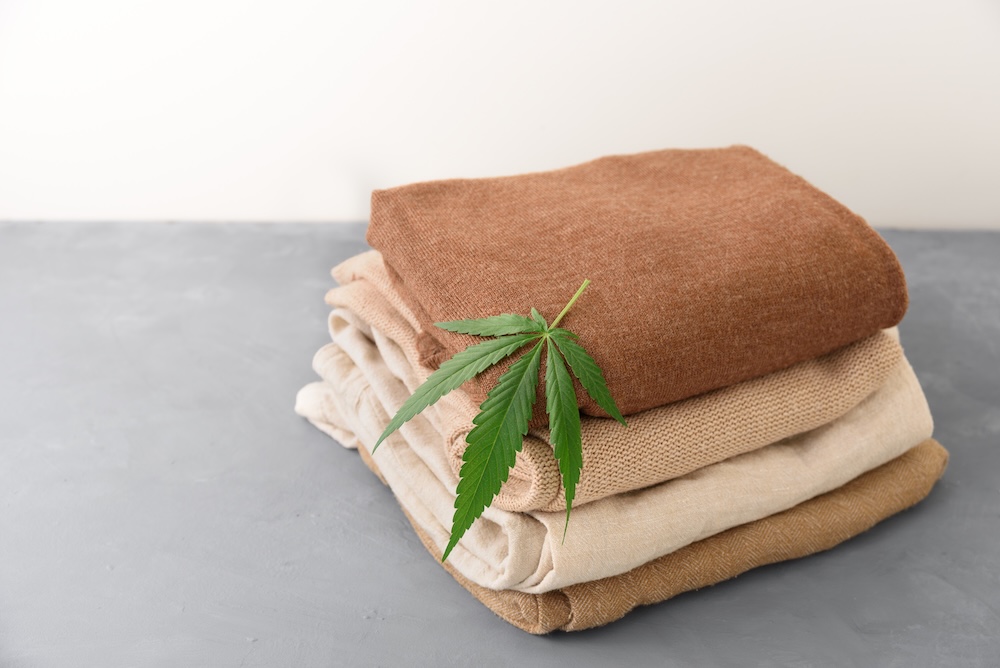The industries that clothe us, decorate our homes, and shape our everyday lives are also some of the most polluting on the planet. From carbon-heavy textiles to chemical-soaked finishes, fashion, footwear, and home decor have long thrived on resource exploitation.
But a wave of innovation is beginning to rewrite that story. A new generation of materials — drawn from plants, waste streams, and lab-based bioengineering — is proving that design and sustainability can coexist.
Still, let’s be clear: materials alone won’t save us. Adoption remains small, costs are high, and without systemic change, the global industry will continue to overproduce. But these 25 materials offer a glimpse of a more sustainable path forward.
Sustainable Textiles and Fabrics
- Piñatex (pineapple leaves) – A leather alternative using agricultural waste. Biodegradable, durable, and already in fashion accessories.
- Tencel/Lyocell (wood pulp) – Produced in a closed-loop system that recycles solvents. Soft, breathable, and low-impact compared to conventional rayon.
- Econyl (regenerated nylon) – Made from discarded fishing nets and nylon waste. Reduces ocean pollution but still sheds microplastics in use.
- Mylo (mushroom mycelium) – A compostable, low-impact leather alternative gaining traction with luxury brands.
- Organic Cotton – Grown without synthetic pesticides and fertilizers. Better for soil and farmers, but still water-intensive if not rain-fed.
- Hemp – Fast-growing, durable, and pesticide-light. A fiber with centuries of history that’s resurging as an eco powerhouse.
- Cork – Harvested without harming cork oaks. Renewable, biodegradable, and used in shoes, bags, and furniture.
- Seacell (seaweed + cellulose) – A biodegradable textile with natural antimicrobial properties. Still niche, but innovative.
- Banana Fiber – Derived from stalk waste, strong and fully biodegradable.
- Recycled PET – Turns bottles into fabric, reducing plastic waste. But sheds microplastics during washing and doesn’t solve plastic overproduction.
- Soy Fabric – Soft and breathable, spun from soy processing waste. Limited but promising.
- FLWRDWN – A wildflower-based alternative to down. Cruelty-free and biodegradable.
- Bamboo – Renewable, but only sustainable if processed mechanically. Chemical-based bamboo viscose is highly polluting.
- Fish Leather – Made from discarded fish skins, reducing food industry waste. Strong and texturally unique.
- Spider Silk (bioengineered) – Lightweight, strong, and elastic. Lab-made, not farmed, but still in early development.
- Algae-Based Materials – From foams to fabrics, algae-based textiles are biodegradable and carbon-capturing.
- Qmonos (synthetic spider silk) – Lab-grown, biodegradable silk proteins. Suited for performance wear and medical use.
- Orange Fiber – Repurposes citrus byproducts into silky, luxurious fabrics.
- Lotus Fiber – Rare and labor-intensive, but biodegradable and elegant.
- Milk Fabric (casein protein) – Smooth, silky fabric derived from waste milk protein. Limited in scale but innovative.
Sustainable Materials for Furniture and Home Decor
- Coir (coconut husks) – A durable, natural fiber for mats, rugs, and upholstery.
- Abacá (banana plant stalks) – Strong, renewable fiber for textiles and decor.
- Cactus Leather (nopal cactus) – A durable leather alternative, requiring little water.
- Bamboo (furniture and flooring) – Renewable and fast-growing, but must avoid overharvesting and chemical-heavy processing.
- Cork (furniture and flooring) – Renewable, biodegradable, and uniquely textured.
The Hard Truth About “Sustainable” Materials
While these materials are exciting, none are perfect:
- Scale is limited: Most are niche or luxury products, not mainstream textiles.
- Costs remain high: Sustainable materials are more expensive than conventional polyester or cotton, slowing adoption.
- Greenwash risks: Some so-called eco materials (like chemical bamboo viscose or recycled PET) hide serious problems under glossy marketing.
Revolutionary materials are a step forward — but they don’t erase the fashion industry’s addiction to overproduction and disposability.
What Needs to Change
- Systemic adoption: Brands must integrate sustainable materials widely, not just in “eco capsule collections.”
- Transparency: Companies must disclose sourcing, processing methods, and full lifecycle impacts.
- Consumer action: Buying fewer, longer-lasting items makes more difference than chasing every “eco” label.
- Policy and regulation: Governments must hold industries accountable for toxic production and unsustainable volumes.
Final Thoughts
Sustainable materials are not a trend. They are tools for survival in industries that must change or risk collapsing under their own waste. Each innovation — whether Piñatex leather or algae foam — is part of a bigger push toward a circular economy.
But let’s not be fooled: the material revolution won’t matter unless we also consume less. Innovation without reduction just delays the inevitable.
The future of fashion, footwear, and home design must balance creativity with responsibility. By supporting truly sustainable materials, demanding transparency, and resisting disposable culture, we can help turn today’s small experiments into tomorrow’s norm.









Reader Interactions